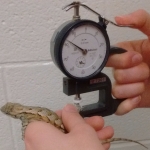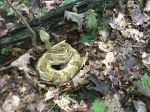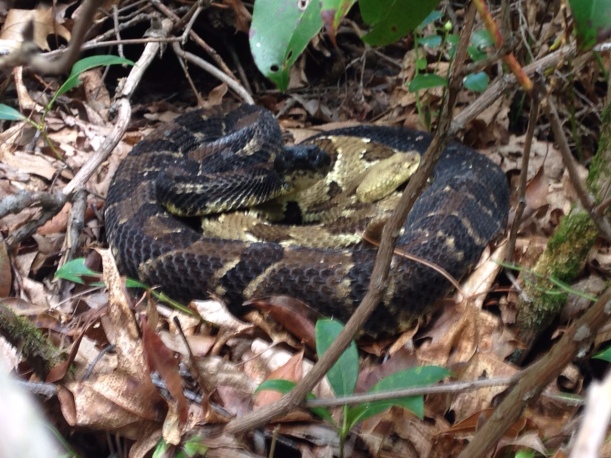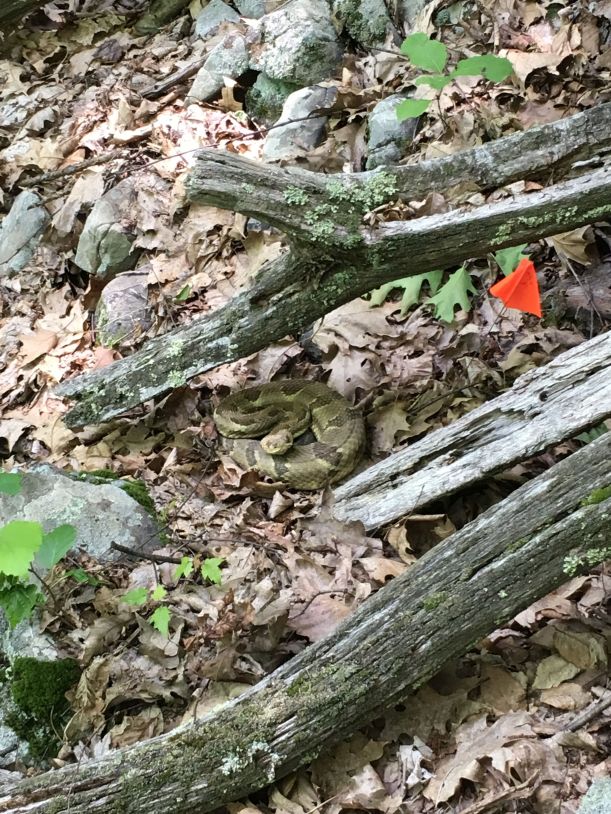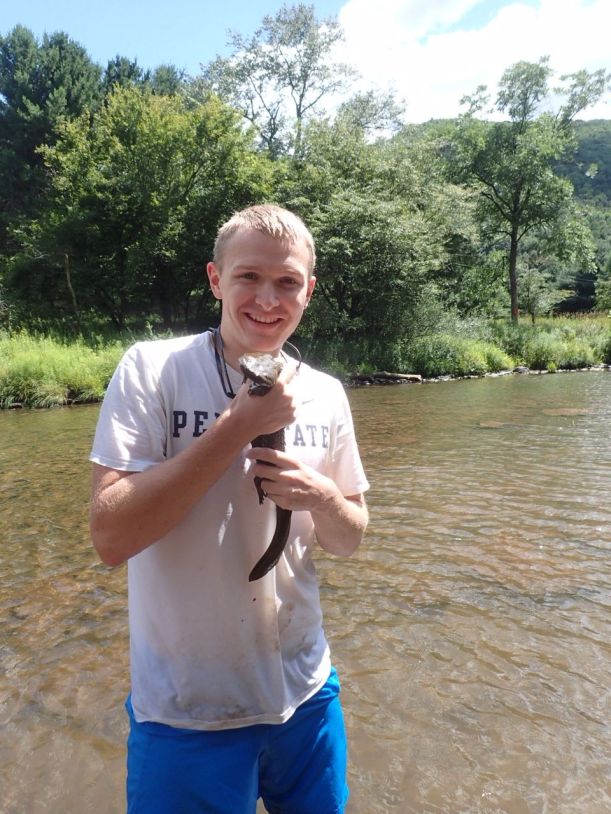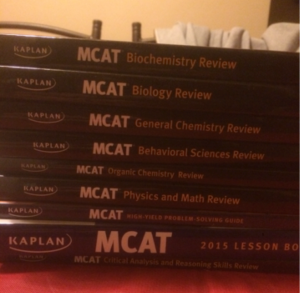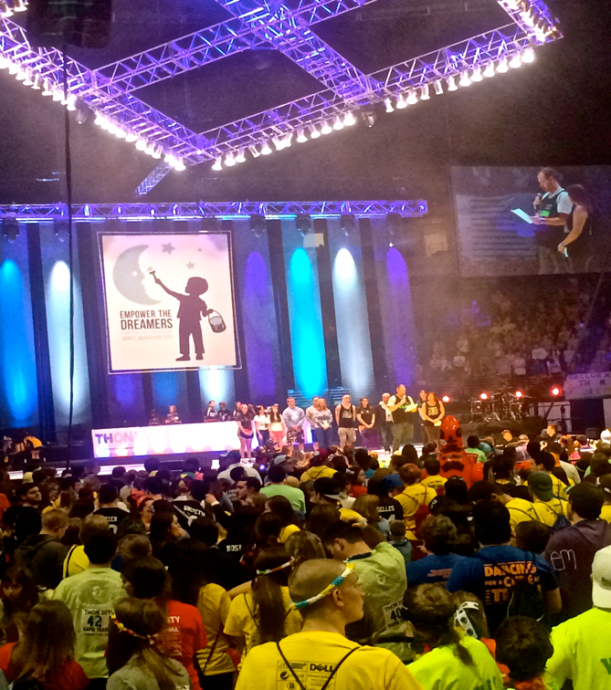This past summer I began putting the pieces together for my 4 year project investigating the effects of prescribed fire on Timber Rattlesnakes. The objectives of this project will be to determine how Timber Rattlesnakes are directly impacted by the fire and to determine how rattlesnakes are affected by changes within their environment which are caused by the fire. This past summer’s objectives, however, were to basically get my feet wet, get to know the areas that may serve as potential study sites, get to know the focal species, and attempt to understand how to work with state agencies (SPOILER ALERT => this last objective would prove to be the most difficult). It took awhile to get permits and all other paper work in line for the project, but all-in-all the summer was a great success because I identified 2 potential study sites (and possibly 2 more), I learned a great deal about these wonderful little creatures, and with the help of 2 great technicians (Rex Everett and Mark Herr) we came up with a couple great side projects.

Male Timber Rattlesnake post-data collection. Note the painted rattle which allows us to identify it as a previous capture if we happen to stumble upon him later in the day. For all rattlesnakes we recorded basic morphometrics, sex, reproductive status, and marked the individual with a PIT tag which will allow us to identify it if captured much further down the road.
To date, we have identified two great study sites (and possibly more). The first is located in Forbes State Forest and will be a rather large burn (a little over 600 acres!). We’ve identified at least three potential gestation sites in this area, and although we were not able to spend a great deal of time down in Forbes, we know through talking with state foresters that there is a healthy population of Timber Rattlesnakes in the immediate area. The actual area was nicknamed the “Snake Pit” by the district forester. Aside from being a beautiful landscape, it is also the highest elevation within the state! The “Snake Pit” is scheduled to burn in 2016 via an aerial ignition burn (dropping fire from helicopters!), which will provide me with a full pre-burn year to collect data in 2015 (Fantastic!). In addition to Forbes, we also have a smaller prescribed burn planned for Rothrock State Forest. We have visited this area quite frequently throughout the summer and we’ve captured a handful of Timber Rattlesnakes within the area as well (including one individual that we’ve radio-tracked to a den site). The odd thing about this area is that all of the rattlesnakes we’ve captured thus far… have all been males of various ages. Where are the females?!? The presence of 1 year old males, however, suggests that the females are hanging out somewhere near by but we have not found where…. But, it leads us to question why we did not find any gravid females hanging out on the fantastic rocky slopes within the area? Was this just a bad year for gravid females? Could the females be down in the valleys hunting chipmunks and gathering the energy needed for future reproductive bouts?

On the left, rising out of the thick ocean of Mt. Laural is a beautiful rock slab bathed in sunlight. This is fantastic gestation site. The large cap rock atop of the rock slab provides cover for the gravid females and refuge from high temperatures during the mid-afternoon and low temperatures at night. On the right, another type of gestation site is the large rock fields strewn out among Pennsylvania’s mountain sides. These gestation sites may be 100 m long and very open. Although this provides good thermal habitat for longer periods each day, would snakes be detected by predators more in this largely open area?
Throughout the summer we located close to 50 Timber Rattlesnakes. Although we did not find gravid rattlesnakes at some potential study sites, we found many gravid rattlesnakes at other sites. Sometimes these gravid rattlesnakes were in small areas that were about 10 m X 10 m (top left picture). These smaller areas had all the essential habitat characteristics for a gestation site: an open canopy, rocks to lay out on, and rocks to hide underneath. Other times, gravid rattlesnakes were found in large rock fields (top right picture). Obviously the thermal environment would differ between these gestation sites. Sun light would hit the more open rock fields early in the morning and last till much later in the day as compared to the smaller gestation sites surrounded by towering trees. This may translate into the gravid Timber Rattlesnakes being able to maintain a preferred, optimal body temperature for a longer period of time each day within the more open rock fields. Maintaining this optimal body temperature for a longer period of time each day may translate into more energy available for developing offspring and shorter gestation periods. However, these more open areas may provide an advantage to visual predators such as hawks. So would it be more beneficial for a gravid Timber Rattlesnake to gestate within a large open rock field despite the potential increased risk of encountering a predator? To answer this question, a Penn State undergrad, Mark Herr, and I are putting together a side project for next summer where we will measure the thermal properties and predation intensity of these different types of gestation sites. Additionally, we will radio-track gravid females at each gestation site in order to determine body temperatures maintained by individuals, duration of time spent at gestation sites, and date when females birthed young. This should be a fantastic study! This past summer we began collecting preliminary data at a few gestation sites (using biophysical models) and found that operative temperatures at smaller gestation sites averaged 6 degrees C less than operative temperatures at large rock fields. Additionally, this was a cooler summer than years past and only the gravid females at large rock fields birthed young at those gestation sites. Gravid rattlesnakes from smaller gestation sites remained gravid as they traveled back to their den sites. Most of these individuals appeared to return to their dens gravid, which likely means bad things for those potential young (i.e., mortality).
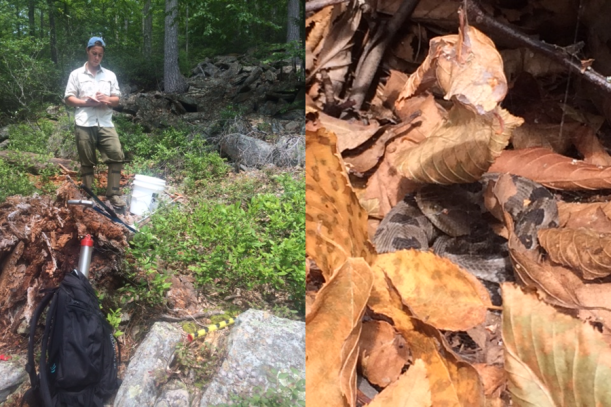
On the left, Penn State undergrad, Mark Herr, collects habitat data at a smaller gestation site. Note the biophysical model in the foreground next to the backpack. These models will measure the operative temperatures for Timber Rattlesnakes, which are basically the potential body temperature of an individual if it was not thermoregulating (i.e., if it were conforming to the environment). On the right, a neonate Timber Rattlesnake hiding under a birch leaf (… that is a small leaf). Only at large, open gestation sites that maintained warmer operative temperature did we find neonates this summer.
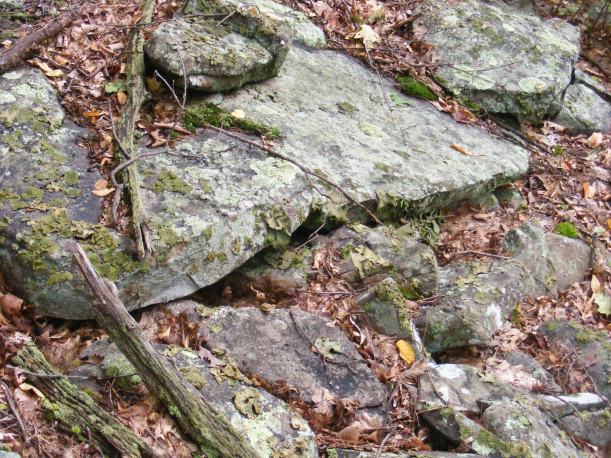
Gravid females from smaller gestation sites returned to their dens still gravid. This likely spells disaster for the potential young. Can you find the Timber Rattlesnake at this den?
Next spring we are ready to hit the ground running as snakes begin to emerge from their den sites. In addition to the project’s main objectives, we are also prepping for a few side projects. In addition to the project described above, I am also trying to understand why Timber Rattlesnakes choose one potential gestation site over another. I will also be surveying and monitoring vernal pools within burn sites to determine how amphibians are affected by prescribed burning. Stay tuned as we continue this project. In addition to Mark, I also have one of the best Timber Rattlesnake expert in the state assisting me with this project: Rex Everett. Together Rex, Mark, and myself are determined to make this project a success. Additionally, we will be taking on at least two more technicians for next summer and any other undergrad interested in reptile ecology, thermal biology, and conservation. For more information feel free to contact me at cah62@psu.edu.
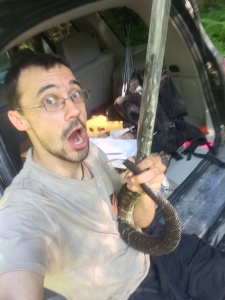
The fearless leader collecting data on a Timber Rattlesnake found crossing the road at Rothrock State Forest.

Rex Everett, snake expert, with a large Rat Snake found adjacent to the planned burn area at Rothrock State Forest


